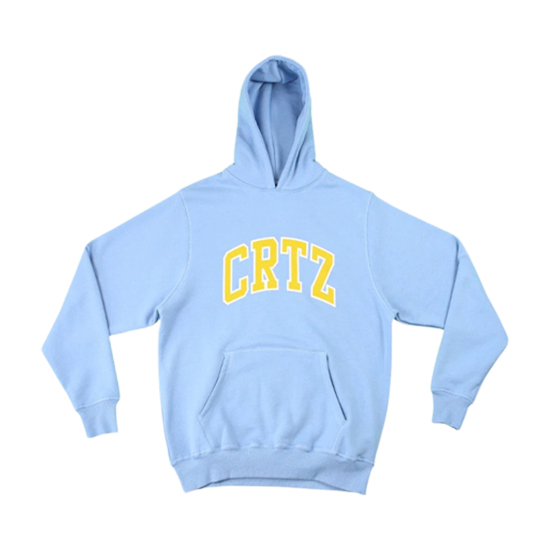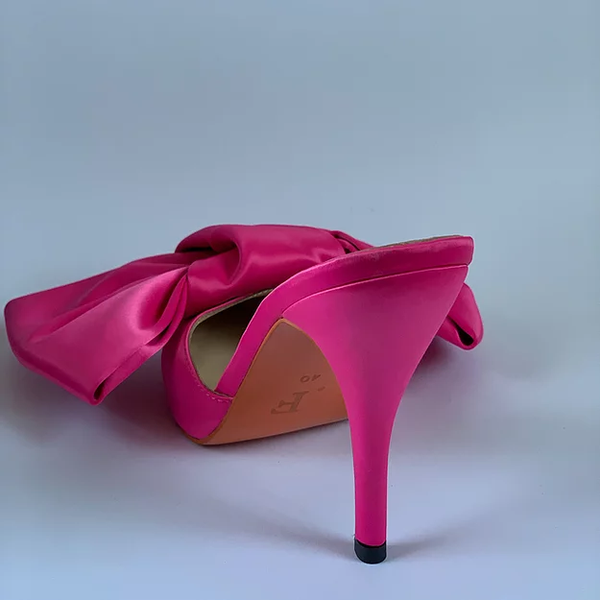1. The 1870s-1900s: Humble Beginnings
The first England football shirts were introduced in the 1870s, featuring simple designs primarily in white. Players wore shirts with long sleeves, often made from wool. The absence of standardized kits meant variations in styles, but the early focus was on functionality and practicality.
2. The 1910s-1920s: The Birth of Identity
By the 1910s, the England shirt evolved to include the now-iconic Three Lions emblem. The design became more standardized, with red and white becoming the dominant colors. During this era, the incorporation of collars and slightly more tailored fits marked a shift toward establishing a national identity.
3. The 1930s-1940s: Pre-War Style
The 1930s brought bolder designs, often featuring the famous red jersey for home games. With the introduction of the first significant sponsorship deals and the emphasis on team branding, England shirts began to reflect national pride. The 1940s saw more functional designs due to wartime restrictions, leading to simpler, more utilitarian shirts.
4. The 1950s-1960s: The Golden Age
The 1960s heralded a golden era for England football, culminating in the 1966 World Cup victory. The classic white home shirt, complemented by red shorts, became iconic. Fabric technology began to advance, leading to lighter materials, while the Three Lions emblem was firmly established as a symbol of national pride.
5. The 1970s-1980s: Bold Patterns and Colors
The 1970s and 1980s were characterized by experimentation with color and design. England shirts featured bold patterns and vibrant away kits, such as the infamous “tangerine” shirt of the 1982 World Cup. The 1986 kit with its distinctive blue and white design represented a departure from previous styles, reflecting the growing commercial influence on football apparel.
6. The 1990s: Nostalgia and Innovation
The 1990s saw a blend of nostalgia and modernity. The Euro ’96 shirt, with its classic white and navy design, was celebrated for its elegance. Technological advancements also made their way into football shirts, with improved fit and moisture-wicking fabrics becoming common.
7. The 2000s: Minimalism and Modern Design
The early 2000s embraced a minimalist aesthetic, moving away from bold patterns. The 2006 World Cup shirt exemplified this trend with its clean lines and focus on simplicity. Designers began prioritizing performance alongside aesthetics, using advanced fabrics for enhanced player comfort.
8. The 2010s: Fusion of Tradition and Innovation
This decade saw a resurgence of classic designs with modern elements. The 2010 and 2016 kits featured sleek designs while referencing historical styles. Sustainability began to take center stage, with brands exploring eco-friendly materials and practices.
9. 2020s: Heritage Meets Modernity
Recent designs, such as the Euro 2020 kit, have embraced retro-inspired aesthetics while incorporating contemporary technology. The focus on sustainability has grown, with recycled materials and eco-conscious manufacturing processes becoming more common.
Conclusion
The evolution of England football shirts reflects broader trends in fashion, technology, and cultural identity. From simple, functional designs to modern, stylish kits, each decade has contributed to the rich tapestry of England’s footballing heritage. As the game continues to evolve, so too will the shirts that symbolize the pride and passion of the Three Lions.
1. The 1870s-1900s: Humble Beginnings
The first England football shirts were introduced in the 1870s, featuring simple designs primarily in white. Players wore shirts with long sleeves, often made from wool. The absence of standardized kits meant variations in styles, but the early focus was on functionality and practicality.
2. The 1910s-1920s: The Birth of Identity
By the 1910s, the England shirt evolved to include the now-iconic Three Lions emblem. The design became more standardized, with red and white becoming the dominant colors. During this era, the incorporation of collars and slightly more tailored fits marked a shift toward establishing a national identity.
3. The 1930s-1940s: Pre-War Style
The 1930s brought bolder designs, often featuring the famous red jersey for home games. With the introduction of the first significant sponsorship deals and the emphasis on team branding, England shirts began to reflect national pride. The 1940s saw more functional designs due to wartime restrictions, leading to simpler, more utilitarian shirts.
4. The 1950s-1960s: The Golden Age
The 1960s heralded a golden era for England football, culminating in the 1966 World Cup victory. The classic white home shirt, complemented by red shorts, became iconic. Fabric technology began to advance, leading to lighter materials, while the Three Lions emblem was firmly established as a symbol of national pride.
5. The 1970s-1980s: Bold Patterns and Colors
The 1970s and 1980s were characterized by experimentation with color and design. England shirts featured bold patterns and vibrant away kits, such as the infamous “tangerine” shirt of the 1982 World Cup. The 1986 kit with its distinctive blue and white design represented a departure from previous styles, reflecting the growing commercial influence on football apparel.
6. The 1990s: Nostalgia and Innovation
The 1990s saw a blend of nostalgia and modernity. The Euro ’96 shirt, with its classic white and navy design, was celebrated for its elegance. Technological advancements also made their way into football shirts, with improved fit and moisture-wicking fabrics becoming common.
7. The 2000s: Minimalism and Modern Design
The early 2000s embraced a minimalist aesthetic, moving away from bold patterns. The 2006 World Cup shirt exemplified this trend with its clean lines and focus on simplicity. Designers began prioritizing performance alongside aesthetics, using advanced fabrics for enhanced player comfort.
8. The 2010s: Fusion of Tradition and Innovation
This decade saw a resurgence of classic designs with modern elements. The 2010 and 2016 kits featured sleek designs while referencing historical styles. Sustainability began to take center stage, with brands exploring eco-friendly materials and practices.
9. 2020s: Heritage Meets Modernity
Recent designs, such as the Euro 2020 kit, have embraced retro-inspired aesthetics while incorporating contemporary technology. The focus on sustainability has grown, with recycled materials and eco-conscious manufacturing processes becoming more common.
Conclusion
The evolution of England football shirts reflects broader trends in fashion, technology, and cultural identity. From simple, functional designs to modern, stylish kits, each decade has contributed to the rich tapestry of England’s footballing heritage. As the game continues to evolve, so too will the shirts that symbolize the pride and passion of the Three Lions.



